Here, Michelle Peters-Jones of The Tiffin Box shows you how to mix your own Madras curry powder and customized spice blends to lend the boost that your recipes have been looking for.
If you go to a grocer in India and ask for curry powder, you’re likely to be asked, "Which one?" There is no such thing as a single "curry powder" in Indian cuisine; each dish has its own combination of spices that makes it unique.
Every family also has their own recipes for spice mixes, so even classic dishes can taste vastly different from household to household. However, if you are looking for a place to start, then Madras curry powder is your best bet; it's an earthy, fragrant blend of spices that you can tweak to your taste.
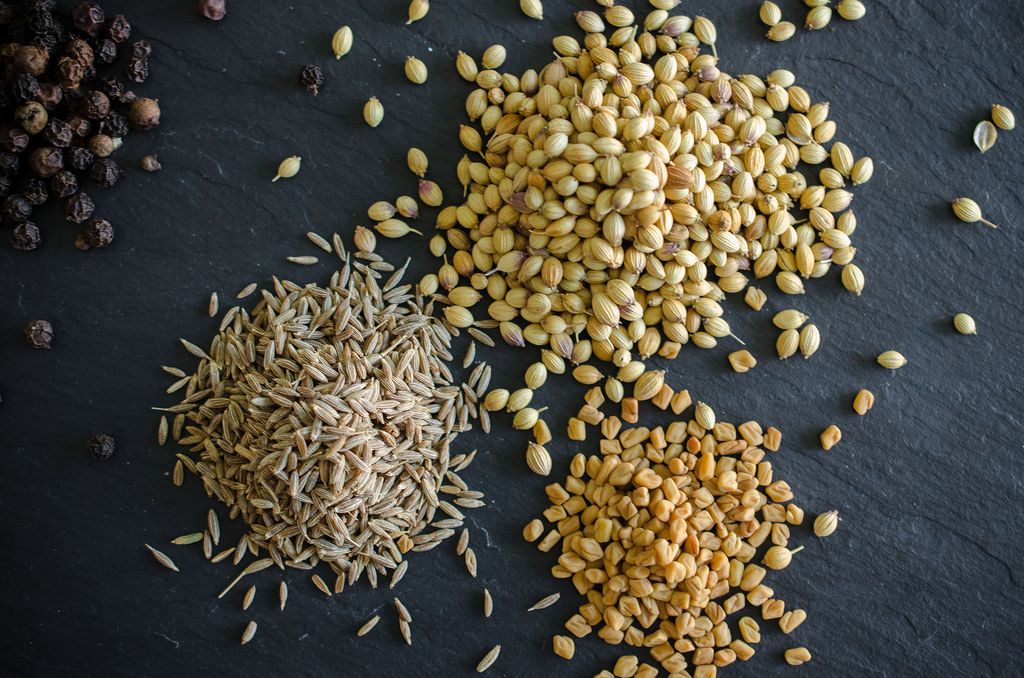
Photo by Michelle Peters-Jones
While most dishes call for their own particular spices, there are a few generic spice mixes that are found in every Indian home. The ubiquitous garam masala, the more specific tandoori masala, and this Madras curry powder are three of the most popular ones.
I grew up in India, and one of my most enduring memories is that of my grandmother, mother, and aunts in the kitchen, pounding spices, usually just before festivals. My grandmother used a traditional mortar and pestle to make her spice masalas, while my mother and aunts used contemporary tools like grinders and blenders. The fragrance of the spices permeated the kitchen walls, and even today, when I travel back to India, walking into my my grandmother's kitchen and inhaling the aromas takes me right back to my childhood.
I love making my own spice mixes, and there is nothing like the taste of freshly ground cumin, coriander, cardamom, and friends in your Indian dishes to take them to a whole new level. These mixes are really simple to make and are far superior to and cheaper than store-bought alternatives.
What Do You Need to Make a Spice Mix?
All you need is a spice blender (an old coffee grinder will also work) and a heavy pan to dry-roast whole spices. The best part about making your own mixes is that you can vary the components to suit your tastes, and before you know it, you will have your own signature collection of mixes for meals—they make great gifts, too.
Makes: about 1 cup
Ingredients
2 tablespoons whole coriander seeds
1 tablespoon whole cumin seeds
1 teaspoon fenugreek seeds
3- to 4-inch piece of cassia bark
10 to 15 whole green cardamom pods
1 teaspoon whole black pepper
5 to 6 long, mild Kashmiri chiles, dried
20 to 30 small curry leaves
2 tablespoons ground turmeric

Photo by Michelle Peters-Jones
Step 1:
Toast the first 7 spices, one at a time, in a hot, heavy pan until fragrant. This can take anywhere from 30 seconds to 1 minute per spice. After toasting, remove each spice and place them together in the same bowl, then let them cool completely.
Step 2:
The whole coriander, cumin, and fenugreek will take only about 30 seconds. The coarser spices, like cassia bark, cardamom, and black pepper, will take about 45 seconds to toast.
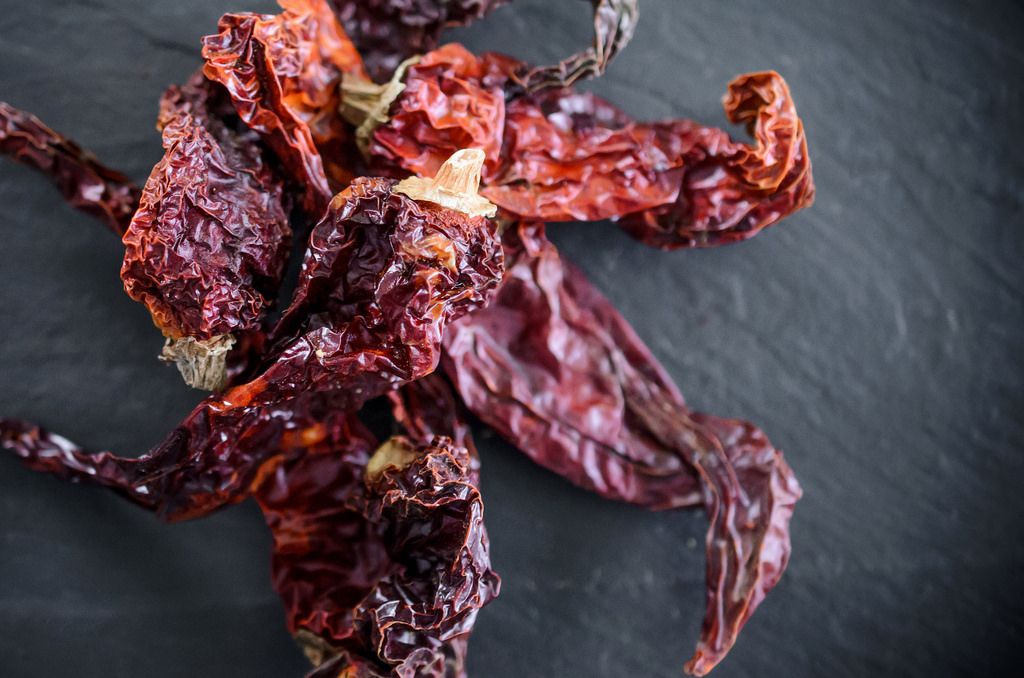
Photo by Michelle Peters-Jones
Step 3:
The chiles will take about a minute to toast. Watch them carefully and keep shaking the pan, as they will burn easily. If they burn, throw away and start again, as they can get really bitter. Remove to the bowl and let cool completely.
Step 4:
Whole Kashmiri chiles are mild, long red chiles. If you are substituting the shorter, hotter ones, reduce the amount. You can reduce or increase the number of chiles, depending on how hot you like your spice mixes.
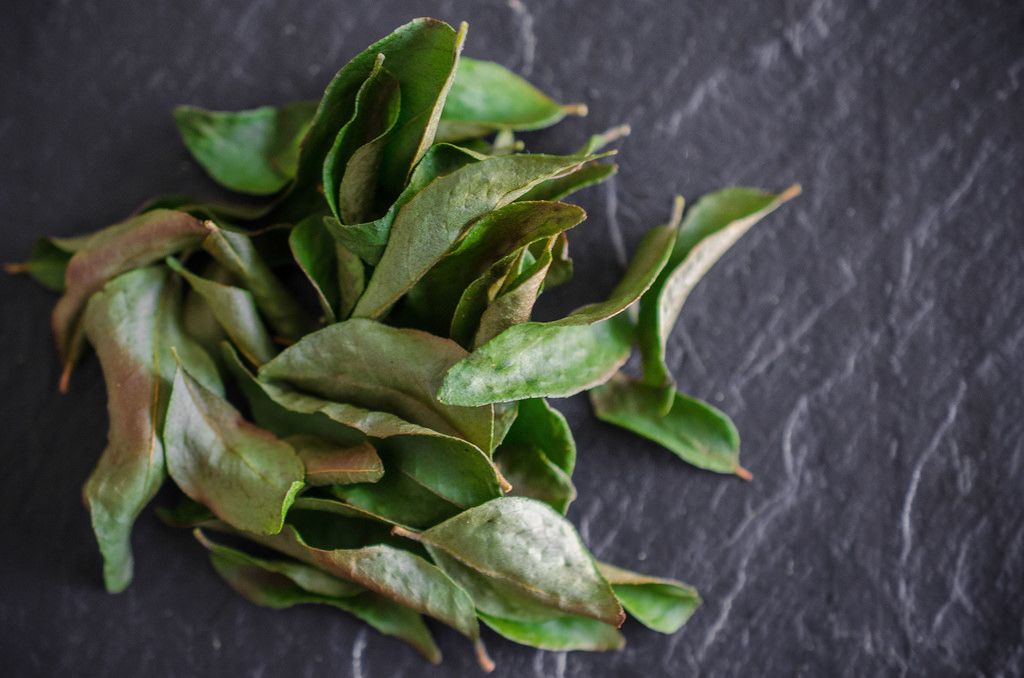
Photo by Michelle Peters-Jones
Step 5:
To toast curry leaves, place them in the same hot pan. Shake the pan to crisp up and toast the leaves, about 1 minute. When they are fragrant, brown around the edges, and crumbly, remove them from the pan and let cool.
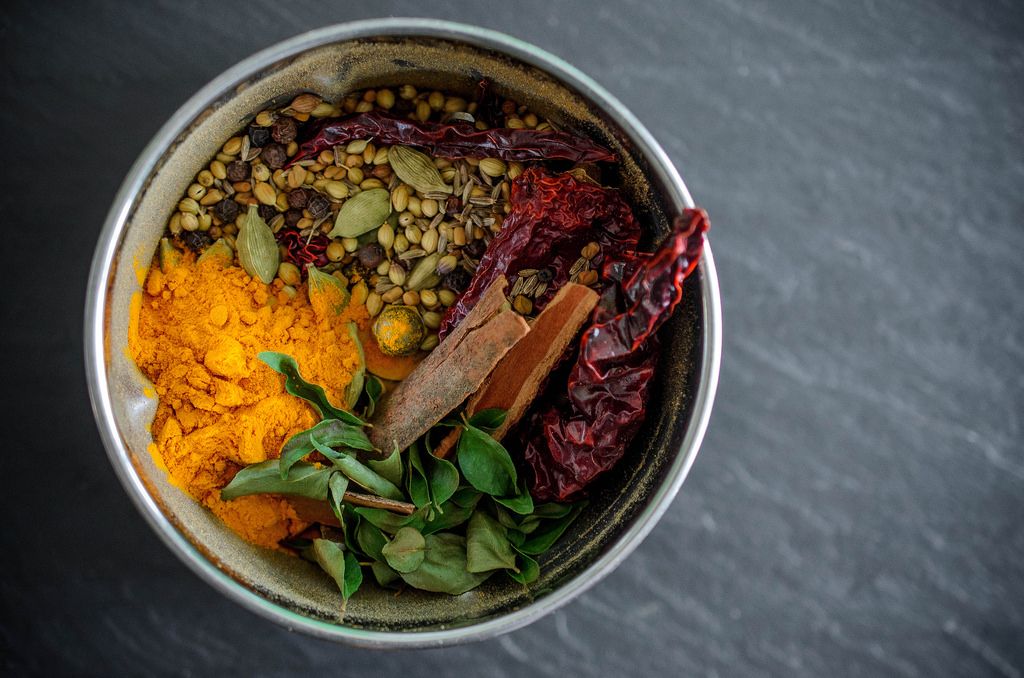
Photo by Michelle Peters-Jones
Step 6:
Place the toasted spices, curry leaves, and ground turmeric in a spice grinder or a powerful blender and grind to a fine powder. If necessary, sieve the spice mix, place any coarse bits back in the grinder, and blitz again.
Step 7:
Store the spice mix in an airtight tin and put in a cool, dark place. It should keep for at least 6 months, though the fresher the better.
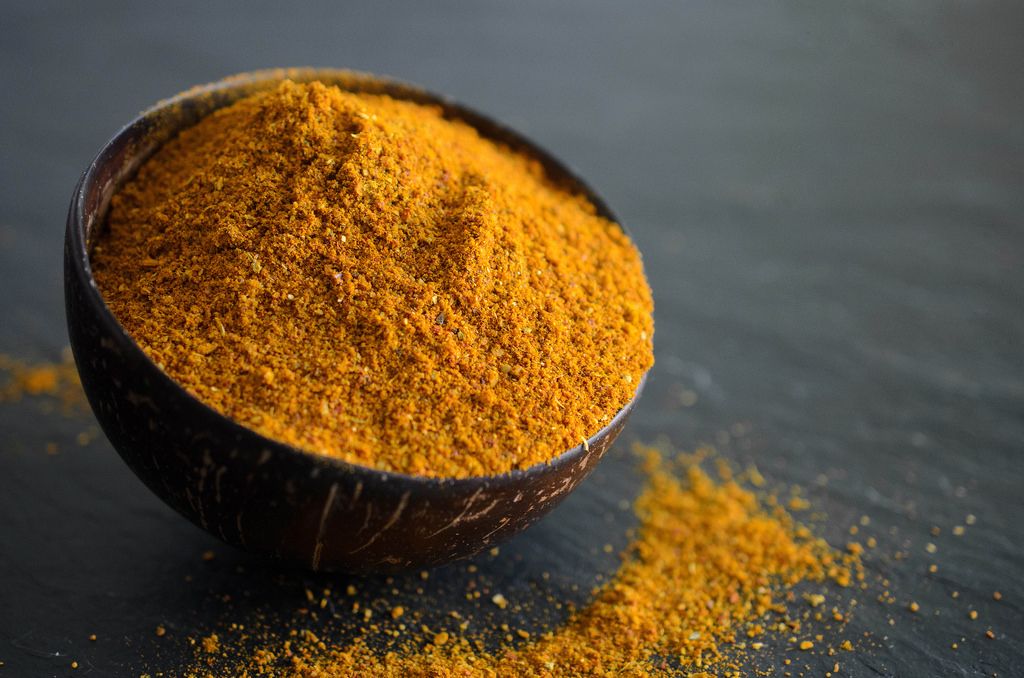
Photo by Michelle Peters-Jones
How Do I Use Madras Curry Powder?
Madras curry powder is very versatile. Use it wherever a recipe calls for curry powder or whenever you want to spice up a dish. It is great tossed with roasted vegetables, or in mayonnaise to make curried potato salad. Now that you know how to toast and mix spices, you can experiment with creating your own customized blends!
A Few Recipes to Try...
This curry chicken salad is spicier than most (which is just how our Table for One columnist, Eric Kim, prefers it) thanks to a heaping tablespoon of curry powder and a good-size pinch of cayenne pepper. If your homemade curry powder is on the spicier side (or less so), adjust the measurements according to your taste.
/e5a03367-fe45-4ae4-b17c-1c5c159e4a61--2019-0312_spicier-curried-chicken-salad_3x2_rocky-luten_014.jpeg)
The key to this fall-ready salad is the curried brown butter, which combines the nutty toastiness of brown butter with the earthy, fragrant kick of the curry powder. It's used two ways: for roasting the butternut squash and toasting the farro.
/6d223eab-9b33-4734-83f6-f8f1805af1c5--2018-0105_the-spice-hunter_curry-brown-butter-butternut-squash-salad_3x2_rocky-luten_047_1-.jpg)
This creamy shakshuka would make a most satisfying breakfast, brunch, lunch, dinner—any meal of the day, really. The addition of curry powder adds warmth and spice, while the coconut milk and red lentils bring heartiness. Serve it with warm pita, naan, flatbread, or a crusty loaf (anything bready will work nicely here).
/403f4db2-bd3a-4850-943b-521855b2376b--2018-0111_curried-coconut-lentil-shakshuka_3x2_julia-gartland_2398.jpg)
The secret to chewy roti with allll the layers? It's in the dough, says cookbook author and Lady & Pups blogger Mandy Lee. The dip—made with curry powder, cannellini beans, cayenne-pepper-spiced olive oil, and a handful of other ingredients—is also a must.

This ultra-creamy soup has no cream in it whastoever. How? It all comes down to the magic of cashews. Simply soak the nuts in cold water overnight, then blend 'em with more water, plus lemon juice and sea salt.
/f71fa089-47c2-4e2e-a947-d1508e34fd17--food52_02-05-13-5041.jpg)
Watch: How to Make a Curried Chickpea Sandwich
Have you made your own homemade spice blend? Tell us in the comments.







/e5a03367-fe45-4ae4-b17c-1c5c159e4a61--2019-0312_spicier-curried-chicken-salad_3x2_rocky-luten_014.jpeg)
/6d223eab-9b33-4734-83f6-f8f1805af1c5--2018-0105_the-spice-hunter_curry-brown-butter-butternut-squash-salad_3x2_rocky-luten_047_1-.jpg)
/403f4db2-bd3a-4850-943b-521855b2376b--2018-0111_curried-coconut-lentil-shakshuka_3x2_julia-gartland_2398.jpg)

/f71fa089-47c2-4e2e-a947-d1508e34fd17--food52_02-05-13-5041.jpg)

See what other Food52 readers are saying.